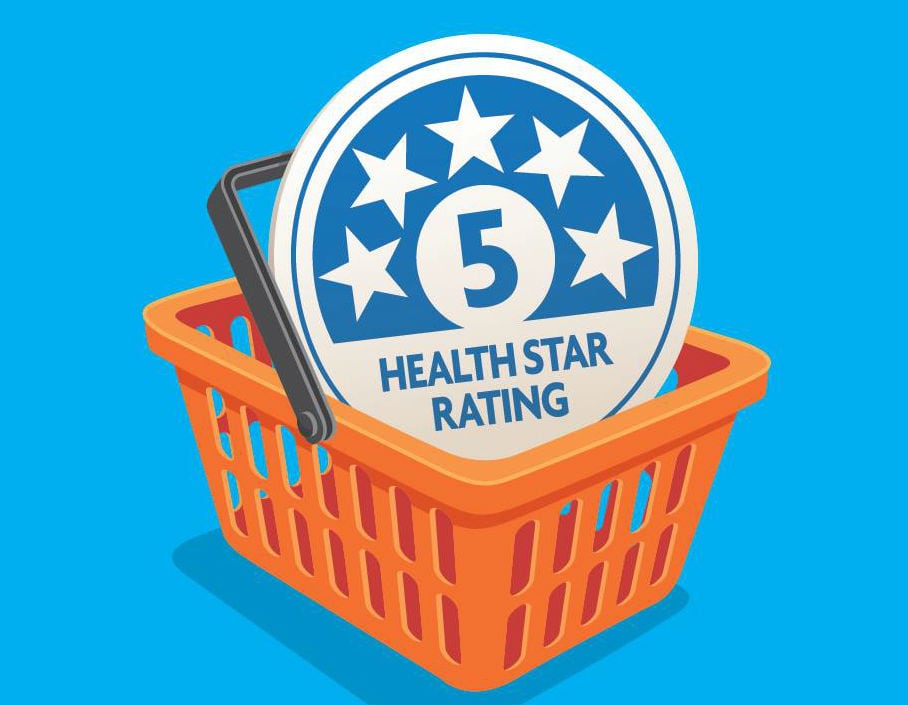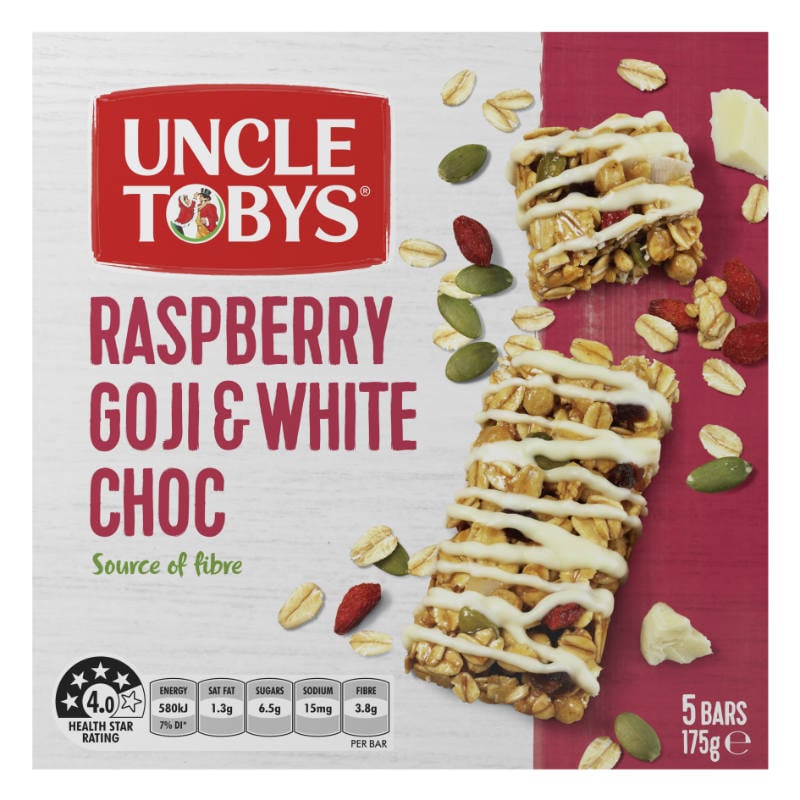The HSR labelling system is not used in India, but was utilised by researchers from the Access to Nutrition Initiative (ATNI) to develop its latest Access to Nutrition India Spotlight Index 2020, highlighting ‘positive change’ in the local F&B industry surrounding diet, nutrition and health.
According to ATNI, the HSR system was selected as it is ‘applicable in any market’, and that India is also seeing a shift to more modern, ‘Westernised’ food habits too.
“Lifestyle changes in India have caused a shift in consumer habits – from the consumption of traditional food, to more urban food habits consisting of packaged and processed foods, high in sugar, fat and salt,” said ATNI Executive Director Inge Kauer.
“In fact, India is among the top 10 consumers of fast food in the world. This [presents] an enormous opportunity for [F&B] companies to [prioritise] nutrition and adopt [strategies] to address issues related to the double burden of malnutrition.”
Overall, 16 of the biggest F&B manufacturers in India were assessed, which together accounted for over 31% (INR1.8tn/US$24.9bn) of the local processed food and beverage market share in 2018.
Of these Nestle India and Hindustan Unilever emerged joint overall winners in the assessment, but even both these champions only obtained a score of 6.9 out of 10 points respectively,
“For Nestle India, a total of 68 products from across four categories, representing 60% to 70% of Nestlé India’s estimated 2018 retail sales,” said ATNI.
“The company achieved an unweighted mean HSR of 1.9 out of five stars [and] after sales-weighting, this improved to 2.4 out of 5, resulting in a mean healthiness score of 4.8 out of 10.”
Unilever had 120 products analysed, and its scores were not much better: Its unweighted mean HSR score came in at of 2.2 out of 5 stars, dropping even further to 2.0 out of 5 after weighing for sales and resulting in a mean healthiness score of 4.1 (out of 10).
Companies pleased with achievement
Despite the low overall scores, both firms appeared to be fairly satisfied with their top rankings, citing pride in their respective strategies.
"We are pleased with the results of the ATNI, which recognizes our sustained commitment to nutrition, health and wellness,” Nestle India Chairman and Managing Director Suresh Narayanan said in a formal statement.
“Nestlé India believes that nutrition is a fundamental need and the food industry has a vital role [hence constantly strive] to increase the nutrient profile of our products, innovate with new and nutritious offerings, and are a proud signatory of the 'Eat Right Pledge' and strongly support India’s 'Eat Right Movement'.”
Hindustan Unilever also issued a statement saying that it had been ‘is lauded for its clear and well-structured nutrition strategy in India’, and that several of its initiatives including the Unilever Sustainable Living Plan (USLP) linked reformulation approach on reducing levels of salt, sugar and saturated fats in products, its pricing strategy to improve product affordability of products, and its product distribution initiative (Project Shakti) had been ‘called out as best practices’.
“It is the Company’s belief that corporates like HUL have the scale to play a key role in helping the country reduce the triple burden of malnourishment – undernourishment, micronutrient deficiencies and obesity,” it added.
No mention was made by either company about the relatively low scores, particularly with healthiness levels at less than 50%, or what specific strategies were being put in place to raise these.
Product accessibility also needs improvement
The ATNI report also recommended that improvements be made to every company’s product accessibility strategy, such that these would be made more easily available to consumers.
“Producing healthier options is necessary but insufficient on its own to improve consumers’ access to nutritious foods and beverages, and to drive up their consumption,” said the researchers.
“Therefore, companies must offer them at competitive prices and distribute them widely to reach all consumers in need especially those who are vulnerable to malnutrition, [but] most Indian F&B manufacturers do not appear to have embedded within their commercial strategies clear and substantive approaches to improving [these].
“ATNI recommends that companies adopt and publish a policy to improve the affordability and physical accessibility of their healthy products, [as well as] conduct state-level pricing and distribution analyses, periodically, to assess and address [unmet needs].”
Coming soon: Why local players are leading the way in India’s health drive





